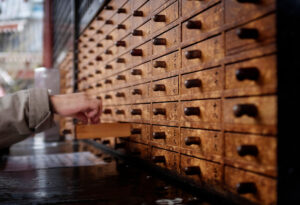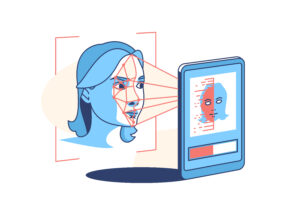Object recognition is a key technology in the world of computer vision. It has enabled computers to recognize and identify objects in an image or video with high accuracy. However, object recognition technology has traditionally been limited to understanding specific features within the image—like color, shape, and size—and not recognizing text. With the emergence of newer algorithms, this is now changing. Text detection in object recognition is rapidly becoming a reality, allowing computers to recognize text within images with greater accuracy than ever before. In this article, we’ll be exploring the advancements in text detection and how it will revolutionize object recognition technologies.
What is text detection?
Text detection is the process of identifying text in images and videos. This can be done using optical character recognition (OCR) algorithms that extract text from images. Text detection can also be performed using template matching, which involves comparing a target image to a database of images to find a match.
Why is text detection important in object recognition?
As the world becomes more digital, the ability to detect text in images and videos becomes increasingly important. Text detection can be used for a variety of applications, such as identifying objects in images or videos, searchable image databases, and automatic translation.
There are a few different ways to approach text detection, including using machine learning or template matching. However, the most accurate method is often a combination of both.
Machine learning approach:
A machine learning algorithm can be trained to detect text in images. This approach is often more accurate than template matching because it can learn to account for different fonts, sizes, and orientations of text. However, it requires a large dataset of labeled images to train on.
Template matching:
With template matching, a “template” image containing the desired text is matched against an input image. This approach is less accurate than machine learning but can be faster and require less training data.
Combination:
The most accurate method is often a combination of machine learning and template matching. This approach uses the strengths of both methods to create a more robust text detector.
How can text be detected in images?
There are many ways to detect text in images. The most common method is to use a Optical Character Recognition (OCR) software. OCR software works by looking at an image and comparing it to a database of known characters. If the image contains text that matches the characters in the database, the software will return the results.
Another method for detecting text in images is to use a template matching approach. This approach works by looking at an image and finding areas that match a template of known text. This can be used to find text in images that have been rotated or distorted in some way.
Finally, there are methods that utilize machine learning to detect text in images. These methods are often more accurate than traditional OCR or template matching approaches, but they can be more difficult to implement.
The different methods of text detection
There are a few different ways to go about text detection in object recognition. The most common method is to use Optical Character Recognition, or OCR. This involves taking an image of the text and then using algorithms to identify the characters within it. OCR is generally quite accurate, but can be thrown off by things like skewed letters or unusual fonts.
Another approach is to use something called template matching. This is where you have a database of known images of text (e.g. all the letters of the alphabet) and then compare the image you’re trying to recognise against these templates. This can be less accurate than OCR, but is often faster and easier to implement.
A third option is to use feature extraction. This involves extracting certain features from the image (e.g. edge detection) and then using these features to try and identify the text. This can be quite effective, but can be computationally expensive.
Text detection in object recognition: the future
As the world becomes increasingly digitized, the need for reliable and accurate text detection in object recognition systems is more important than ever. With the advent of deep learning, there has been a renewed interest in this area of research and development.
There are many potential applications for text detection in object recognition systems, such as helping visually impaired people to navigate their surroundings, or providing information about products in store shelves to customers. In addition, text detection could be used to automatically generate labels for objects in pictures or videos, which would be a valuable tool for businesses and organizations.
The future of text detection in object recognition looks promising. With the continued development of deep learning techniques, it is likely that even more accurate and efficient methods will be developed. This will open up new possibilities for how these systems can be used to improve our lives.





